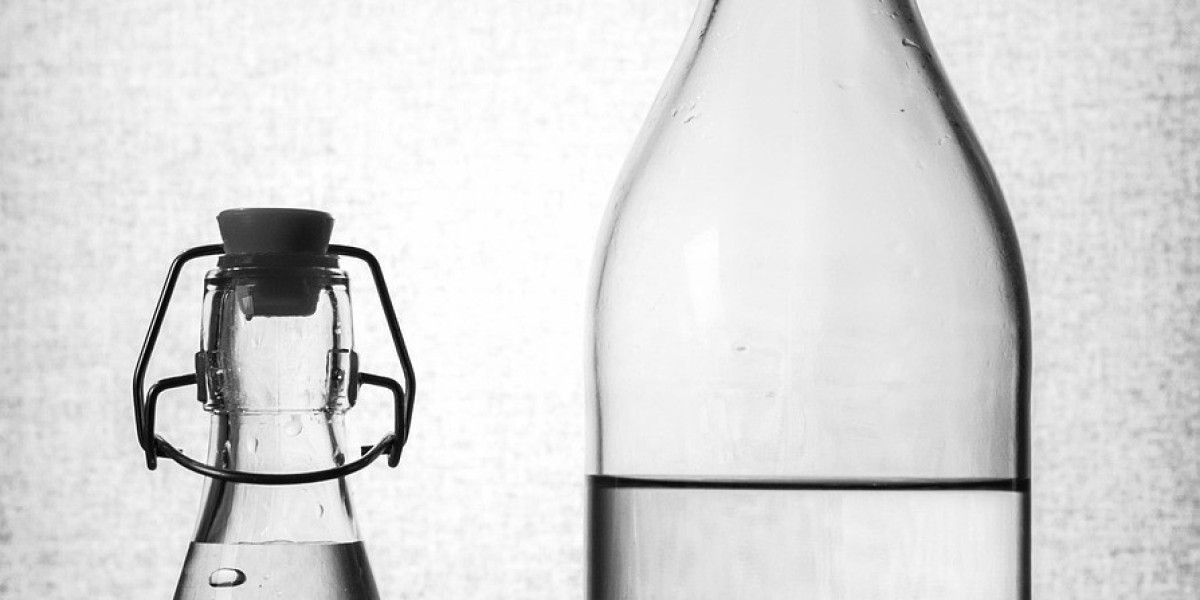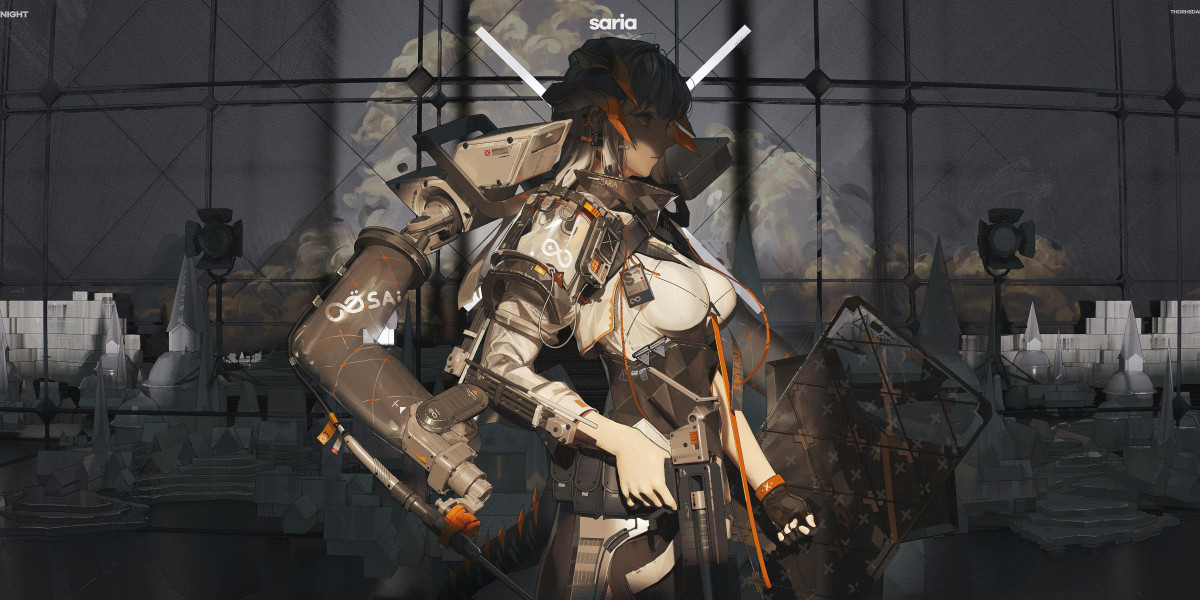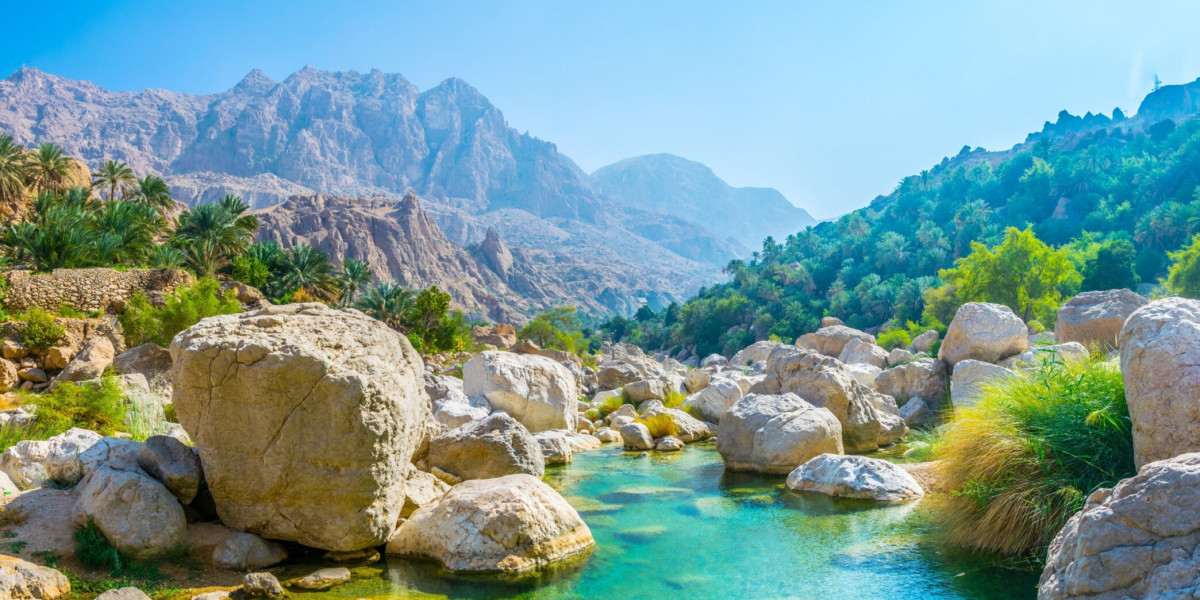The global hydration containers market is undergoing an evolution driven by consumer demand for containers that can maintain beverage temperature—keeping drinks hot or cold for hours. As lifestyles become more mobile and health-conscious, temperature-controlled hydration solutions are gaining popularity across fitness, office, travel, and everyday life. Whether it's a long bike ride, a day at the office, a camping trip, or simply enjoying a coffee on the go, consumers increasingly expect beverage temperature to be preserved until the last sip.
What Defines Temperature-Controlled Hydration Containers?
Temperature control in hydration containers is achieved through insulation technologies such as:
Double-wall vacuum insulation, which traps air between inner and outer walls to minimize heat exchange.
Copper-lined interiors, further reducing heat transfer and keeping liquids colder or warmer.
Reflective inner coatings that contain radiant heat or cold.
Thermo‑smart materials—including phase-change inserts—that actively help maintain stable temperature over longer periods.
These designs enable containers to keep cold drinks chilled for up to a full day or hot beverages filtered, heated, or warm for several hours. Packaging may also include thermostatic lids or temperature-display tops for user convenience.
Market Demand Drivers
1. Active Lifestyles & Fitness Users
For athletes, outdoor enthusiasts, and gym-goers, the ability to keep water or sports drinks at optimal temperature is essential. Cold water helps prevent overheating during exercise, while warm tea or coffee can retain energy during early morning runs or extended workouts.
2. Everyday Commuters & Office Workers
Consumers spending long hours away from home—whether in corporate offices, co-working spaces, or urban commutes—prefer insulated hydration solutions. These containers protect drink quality whether it’s iced water on a summer day or hot coffee on a chilly morning.
3. Travel & Outdoor Activities
Travellers and campers benefit from hydration containers that prevent beverages from freezing in cold conditions or becoming stale in heat. In remote areas without reliable refreshment access, temperature retention adds both convenience and safety.
4. Health & Wellness Trends
Maintaining optimal beverage temperature enhances taste, encourages consistent hydration, and aligns with wellness routines—particularly around morning rituals or sustained fluid intake throughout the day.
5. Urban & Premium Consumer Segments
High-income consumers expect advanced features like smart temperature displays, pressure‑seal lids, and brand appeal in their hydration gear. Branded and personalized containers featuring temperature control often resonate well with these groups.
Popular Product Types
Vacuum‑Insulated Bottles: The most common category, offering extended temperature control and robust build quality.
Thermos Flasks: Classic insulated containers popular for hot beverages during commutes and travel.
Smart Temperature Bottles: High-end bottles featuring LCD screens or Bluetooth‑connected sensors that display real-time liquid temperature.
Modular Insulated Systems: Containers featuring interchangeable cores—e.g., brewing, chilling, or hydrating inserts—that cater to multi-use requirements.
Key Features & Consumer Benefits
Temperature Display: Touch‑sensitive digital or LED indicators that show internal temperature at a glance.
Leak‑Proof Seals: Combined insulation and gasket systems to prevent spills in backpacks or briefcases.
Durable Construction: Often made of food-grade stainless steel with dent- and scratch-resistant finishes.
Ergonomic Design: Bottles shaped for grip and stability during active use, with caps that allow one-handed opening.
Hygiene & Cleanability: Removable covers, wide openings, and corrosion-resistant interiors support easy cleaning and odor prevention.
Market Trends & Innovations
Smart Hydration Tech
Temperature-sensitive bottles are increasingly integrating with mobile apps and hydration reminders. Some models suggest ideal drinking times based on temperature or track consumption in sync with fitness apps.
Modular Systems
Adaptable bottles that switch between insulated cores, open-cup tops, and collapsible travel forms are rising in popularity—providing flexibility for varied use cases.
Eco-Conscious Design
Leading brands now combine temperature-control with sustainable materials: recycled stainless steel, minimal packaging, and BPA-free non-insulative components.
Customization & Personalization
From engraved logos to color-block finishes and themed patterns, insulated containers are offered in tailored designs appealing to gift markets, corporate branding, and lifestyle differentiation.
Consumer Segmentation & Preferences
Fitness & Outdoor Consumers: Prefer ultra-insulated bottles with rugged designs and high-performance seals.
Urban Professionals: Favor sleek, smart bottles with temperature display, easy-clean features, and insulated capacity for 12–24 hours.
Travelers & Adventurers: Opt for double-wall insulated flasks that can endure impact and extreme weather while preserving drink temperature.
Everyday Users & Parents: Choose insulated bottles for school, work, and home that balance price, convenience, and temperature retention.
Challenges & Considerations
Higher Price Points: Insulated and smart bottles typically carry premium pricing, which may limit adoption in budget-focused markets.
Weight vs. Portability: Superior insulation often adds weight; striking the right balance between performance and packability is essential.
Battery Dependency (Smart Bottles): Smart temperature displays require batteries or charging, which may deter some users.
Cleaning Access: Tight seals and insulated walls make thorough cleaning more challenging unless design allows full lid removal.
Outlook & Future Potential
As consumers increasingly equate hydration with comfort, performance, and convenience, temperature-controlled hydration containers are expected to sustain strong growth. The integration of temperature sensing into smart wellness ecosystems—such as fitness trackers or diet apps—will further boost adoption. Demand for sleek, insulated systems compatible with commuting, travel, and multi-environment use continues to rise.
With rising health consciousness, mobile lifestyles, and evolving consumer expectations, temperature control is fast becoming a must-have rather than a luxury feature. Brands that can blend thermal engineering, user-friendly design, eco-friendly materials, and smart functionality are well-positioned to lead this dynamic, premium segment in the broader hydration containers market.








